Do Essential Oils Go on Skin
Essential oils have become increasingly popular for their various health and wellness benefits, including skincare.
Before applying them directly to your skin, it’s important to understand the risks and best practices involved.
We will explore what essential oils are, how they can be safely used on the skin, the importance of carrier oils, dilution ratios, the best essential oils for skin health, and precautions to keep in mind.
Learn everything you need to know about using essential oils for skincare!
Key Takeaways:
What Are Essential Oils?
Essential oils are concentrated plant extracts that retain the natural fragrance and properties of their source. These oils are obtained through distillation or extraction methods and are known for their potent aromatic qualities.
Extracting essential oils involves various methods such as steam distillation, cold pressing, or solvent extraction, depending on the plant material being used. Popular sources include flowers, leaves, bark, roots, and seeds. Each plant contains unique chemical components that contribute to the oil’s distinct therapeutic properties.
Essential oils are revered for their versatile applications in skincare, promoting relaxation, alleviating stress, and enhancing emotional well-being. From lavender’s calming effects to tea tree oil’s antibacterial properties, these oils have carved a niche in aromatherapy and natural skincare routines.
How Are Essential Oils Used?
Essential oils can be used in various ways, including aromatherapy, topical application, and household cleaning. They are versatile and offer a natural alternative for personal care and wellness routines.
One popular method of using essential oils is through essential oils last on skin, where the oils are dispersed into the air using a diffuser, filling a room with their pleasant scents.
Inhalation involves breathing in the aroma directly from the bottle or by adding a few drops to a bowl of hot water. If you have sensitive skin, you may wonder, can sensitive skin use essential oils?
When applying essential oils topically, it is important to dilute them with a carrier oil to prevent skin irritation. For safety, always perform a patch test before widespread use.
Can Essential Oils Be Applied Directly to the Skin?
Applying essential oils directly to the skin is a common practice in aromatherapy and skincare routines. It is essential to consider factors like skin sensitivity, proper dilution, and consultation with a dermatologist to prevent adverse reactions.
One of the benefits of topical application of essential oils is their ability to penetrate the skin and deliver therapeutic effects directly to the targeted areas. By diluting essential oils in a suitable carrier oil, such as jojoba or coconut oil, you can reduce the risk of irritation or sensitivity reactions.
What Are the Risks of Applying Essential Oils Directly to the Skin?
While essential oils offer numerous benefits, direct application can pose risks such as skin irritation, allergic reactions, and sensitivities. Conducting a patch test is crucial to assess individual tolerance levels before widespread use.
It is important to understand that essential oils are highly concentrated plant extracts that may cause adverse reactions if not used properly.
Exposure to certain essential oils can lead to skin redness, itching, or even blistering. Knowing how to identify potential allergic reactions, such as hives, rash, or difficulty breathing, is essential for prompt intervention.
Guidelines recommend diluting essential oils with a carrier oil to reduce skin sensitivity.
Always follow safety precautions, including storing oils out of reach of children and avoiding sun exposure after topical application to prevent phototoxicity.
What Are Carrier Oils and How Are They Used with Essential Oils?
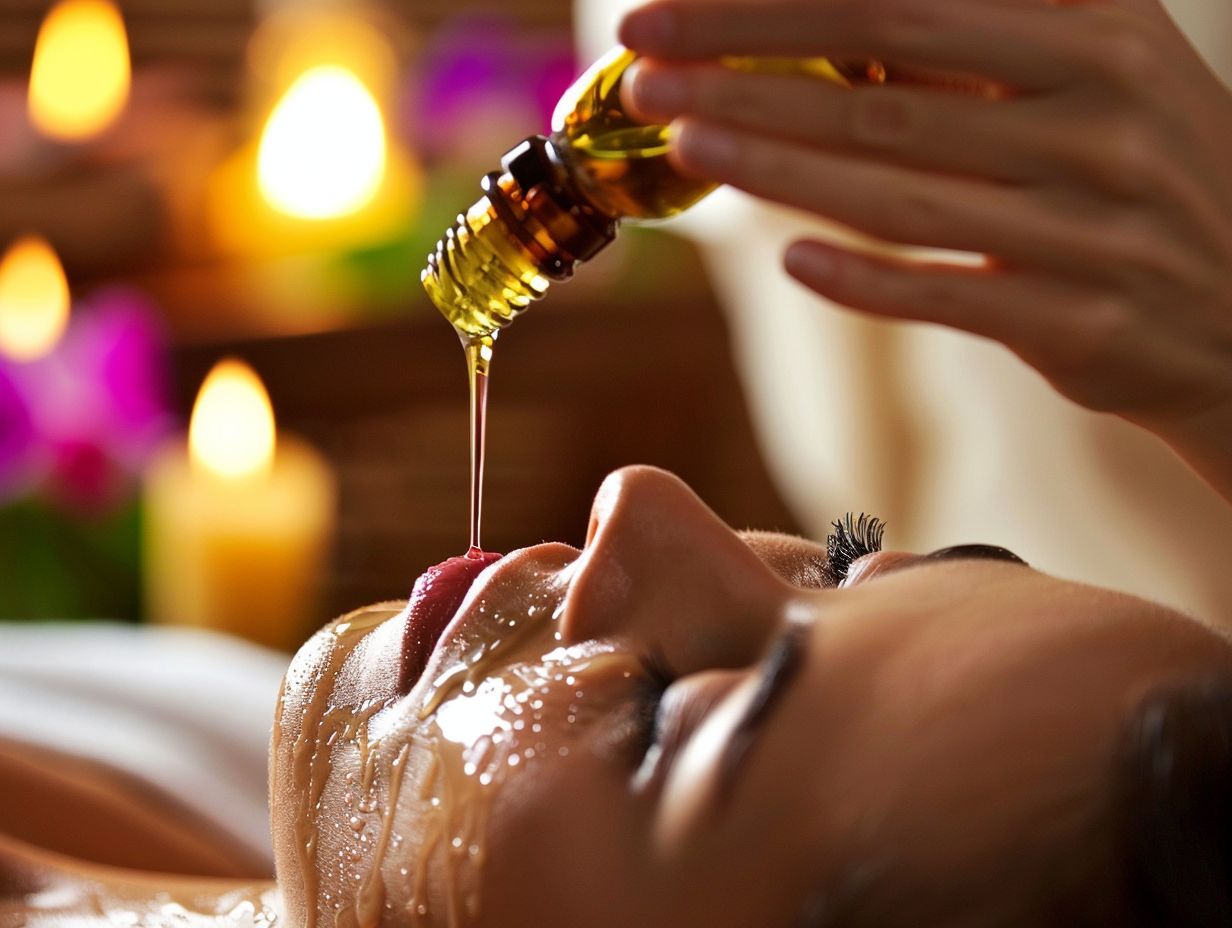
When blending essential oils, carrier oils play a crucial role in ensuring that the potent essential oils are properly diluted to avoid any adverse reactions on the skin. These oils act as a base and carry the essential oils, allowing them to be applied smoothly and effectively. Popular carrier oils such as jojoba, coconut, almond, and avocado offer various benefits, from moisturizing the skin to providing antioxidants and vitamins.
Integrating carrier oils in your skincare routine can help enhance the efficacy of essential oils by promoting better absorption and reducing the risk of skin sensitivities. When formulating your own blends, it’s important to consider the skin type and specific needs to create safe and tailored mixtures. By understanding the properties of different carrier oils and their benefits, you can customize your skincare routine to achieve optimal results.
What Are Some Common Carrier Oils?
Common carrier oils include Jojoba oil, Apricot Kernel oil, Sweet Almond oil, Olive oil, and Coconut oil. These oils serve as a base for diluting essential oils and offer their own skincare benefits.
Jojoba oil is renowned for its similarity to the skin’s natural oils, making it easily absorbed and ideal for balancing oil production.
Can Pursonic essential oils be used on skin Apricot Kernel oil is rich in essential fatty acids, promoting hydration and elasticity.
Sweet Almond oil is praised for its gentle, hypoallergenic properties, making it suitable for sensitive essential oils for skin.
can essential oils stain skin, with its antioxidant-rich composition, works to protect and nourish the skin deeply.
Meanwhile, Coconut oil is celebrated for its antimicrobial qualities, moisturizing capabilities, and its ability to boost skin barrier function.
How to Dilute Essential Oils for Skin Application?
Diluting essential oils is crucial for safe skin application and to reduce the risk of irritation. Following recommended dilution ratios and blending with carrier oils ensures the efficacy and safety of the final mixture.
When diluting essential oils for skin use, it is important to adhere to the suggested ratios. A general guideline is to mix 1-2 drops of essential oil per teaspoon of carrier oil for facial blends and 3-6 drops for body applications. Blending techniques involve gently swirling the oils together to ensure even distribution.
Considering individual skin sensitivities and preferences is vital when formulating custom blends. Patch testing on a small skin area can help determine any potential adverse reactions before widespread application. Concentration plays a key role in both the effectiveness and safety of the final product.
What Is the Recommended Dilution Ratio for Essential Oils?
The recommended dilution ratio for essential oils in skincare is typically 2-3% for most adults. This ratio ensures proper efficacy while minimizing the risk of adverse reactions.
Regarding adjusting dilution ratios for different age groups, it’s crucial to be mindful of sensitivities and skin types. For children and the elderly, lower dilution percentages are recommended due to their skin’s higher susceptibility to irritation. For infants and toddlers, it’s best to stick to an ultra-diluted solution of 0.25-0.5% to protect their delicate skin.
Essential oils are potent concentrates, so dilution is key to safe usage. To calculate the exact amount of essential oil needed for a specific blend, you can use a simple formula:
- Essential Oil Amount = Total Product Amount * Desired Dilution Percentage
What Are Some Tips for Diluting Essential Oils for Skin Application?
When diluting essential oils for skin application, opt for high-quality, organic carrier oils to ensure purity and efficacy. Always blend in small batches, label the mixtures, and store them in dark, glass containers away from sunlight.
Organic carrier oils not only dilute essential oils effectively but also bring their own therapeutic benefits to the blend. When choosing carrier oils, consider factors like absorption rate, aroma, and skin compatibility. Research different carrier oils to find the ones that work best for your skin type and needs.
It’s essential to keep blends away from direct sunlight as UV exposure can degrade the oils’ potency and effectiveness. Storing them in glass containers helps maintain their quality by preventing interactions with plastic or sunlight. Regularly check for any signs of oxidation or rancidity in your blends to ensure their freshness and efficacy.
What Are the Best Essential Oils for Skin Health?
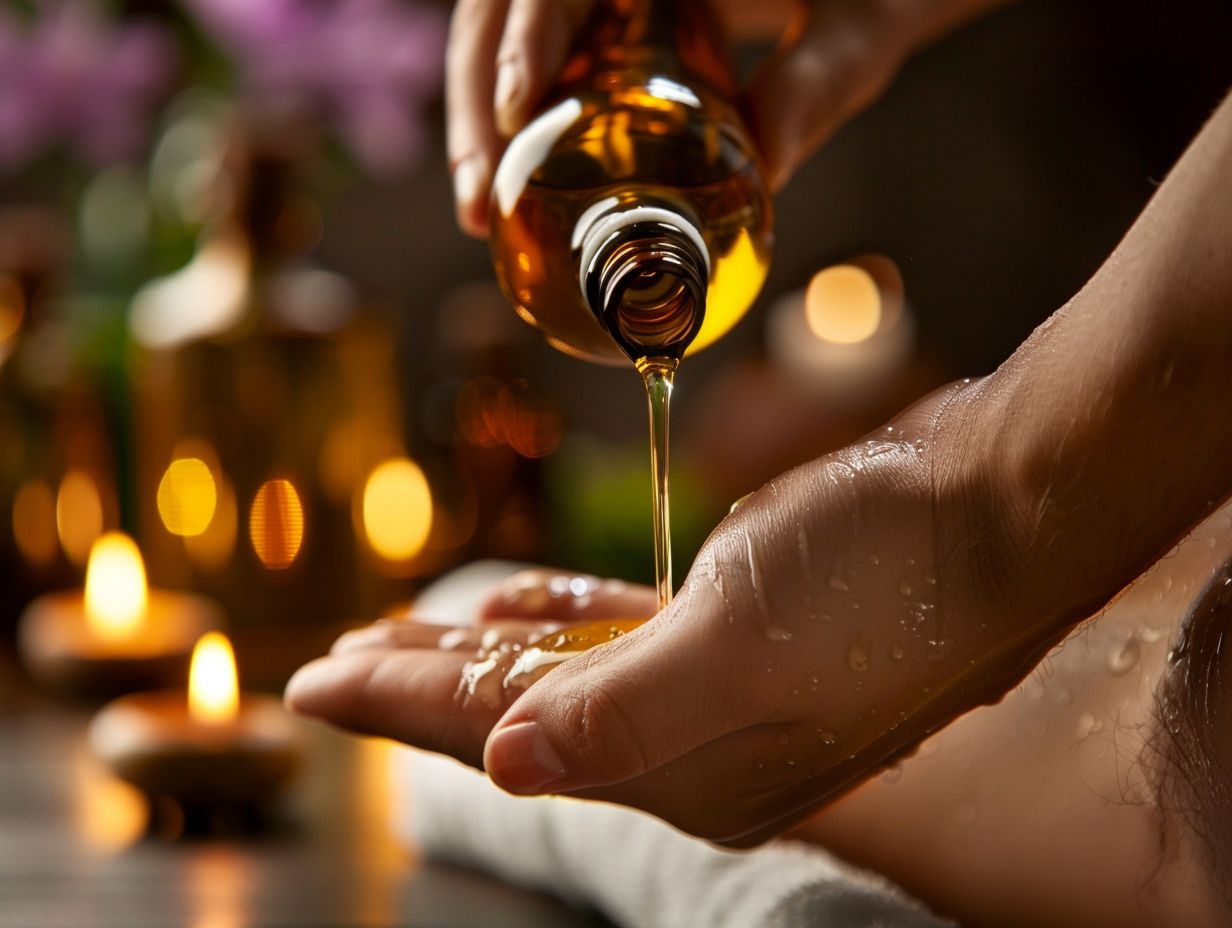
These therapeutic oils are not only known for their soothing and healing properties but also for their ability to address various skin concerns. From lavender to tea tree, each oil brings its unique blend of benefits, catering to different skin types and conditions. By incorporating essential oils into your daily routine, you can create a personalized skincare experience that targets specific needs and promotes a healthy glow.
How Do Essential Oils Benefit the Skin?
Essential oils benefit the skin by providing natural nourishment, hydration, and promoting a healthy appearance. Incorporating organic skincare products with essential oils can enhance skin health and vitality.
One key advantage of using essential oils in skincare is their ability to deeply hydrate the skin, aiding in the retention of moisture and preventing dryness and flakiness.
- Lavender oil, for instance, not only smells delightful but also has anti-inflammatory properties, making it a great choice for calming irritated skin.
- The rejuvenating properties of rosehip oil help improve skin texture and tone, reducing the appearance of fine lines and wrinkles.
The antiseptic and antibacterial properties of essential oils like tea tree oil can contribute to clearer skin by combating acne-causing bacteria.
What Are Some Essential Oils for Specific Skin Concerns?
Various essential oils target specific skin concerns such as oily skin, dryness, acne, or aging signs. Essential oils like lavender, chamomile, and rosemary are popular choices for addressing diverse skin issues.
For those with oily skin, tea tree oil is a great option due to its antibacterial properties that can help combat acne-causing bacteria. On the other hand, for dry skin, geranium oil is excellent for its hydrating and moisturizing effects, leaving the skin soft and supple.
If you have sensitive skin, consider using calendula oil known for its soothing and anti-inflammatory properties that can reduce redness and irritation. Regarding aging skin, frankincense oil is often recommended for its skin-rejuvenating benefits, promoting a more youthful appearance.
How to Perform a Patch Test for Essential Oils on the Skin?
Conducting a patch test before applying essential oils to a larger skin area is crucial to test for potential allergic reactions or sensitivities. This simple test helps assess individual tolerance levels and prevent adverse skin effects.
Here is a step-by-step guide on how to perform a patch test with essential oils:
- Choose a small area of skin, such as the inner forearm or behind the ear, that is clean and dry.
- Mix a small amount of the diluted essential oil with a carrier oil, like jojoba or coconut oil.
- Apply this mixture to the selected area and cover it with a bandage or gauze.
- Leave the patch undisturbed for 24 hours.
- During this time, observe the skin for any redness, itching, swelling, or irritation.
Can Essential Oils Be Used on Children and Babies?
While essential oils offer natural benefits, caution is advised when using them on children and babies due to their sensitive skin and developing systems. Consultation with a pediatrician or aromatherapist is recommended for safe usage.
When applying essential oils on children, always ensure proper dilution to minimize skin irritation. A general rule of thumb is to use 1% dilution for infants and 2-3% for children over two years old. Age-appropriate oils such as lavender, chamomile, and tea tree are considered safe options.
It’s crucial to consider each child’s individual sensitivities and allergies before using any essential oils. We recommend performing a patch test prior to widespread application to rule out adverse reactions.
Keep essential oils out of reach of children, and never administer them orally without professional guidance. Remember, a little goes a long way with essential oils when it comes to pediatric care.
What Are Some Precautions When Using Essential Oils on the Skin?

Proper dilution techniques involve mixing essential oils with carrier oils in recommended ratios to prevent skin irritation or sensitization. Patch testing is crucial before widespread application; apply a diluted oil blend to a small area and wait for 24 hours to check for any allergic reactions. Remember to avoid sun exposure after using photosensitive oils like citrus oils, as they can cause sunburn or pigmentation issues.
Frequently Asked Questions
Can essential oils be applied directly to the skin?
It depends on the type of essential oil and your skin sensitivity. Some essential oils can be applied directly to the skin, while others need to be diluted with a carrier oil.
How do I know if I am sensitive to essential oils on my skin?
It is important to always do a patch test before applying essential oils directly to your skin. Apply a small amount of diluted oil to a small area and wait 24 hours to see if any irritation occurs.
Can I apply essential oils to my face?
Yes, but you should be cautious and make sure to dilute the oil with a carrier oil before applying it to your face. Some essential oils can be too strong for facial skin and may cause irritation.
What are some recommended carrier oils for using essential oils on skin?
Some popular carrier oils for diluting essential oils include jojoba oil, coconut oil, sweet almond oil, and avocado oil. It is important to choose a carrier oil that is suitable for your skin type.
Can essential oils be used topically for specific skin concerns?
Yes, certain essential oils have been found to be beneficial for certain skin concerns such as acne, eczema, and dry skin. However, it is important to consult with a healthcare professional before using essential oils for any skin condition.
Is it safe to use essential oils on children’s skin?
Some essential oils may be safe for use on children’s skin, but it is important to dilute them properly and use caution. Always do research on the specific essential oil and consult with a pediatrician before applying it to a child’s skin.

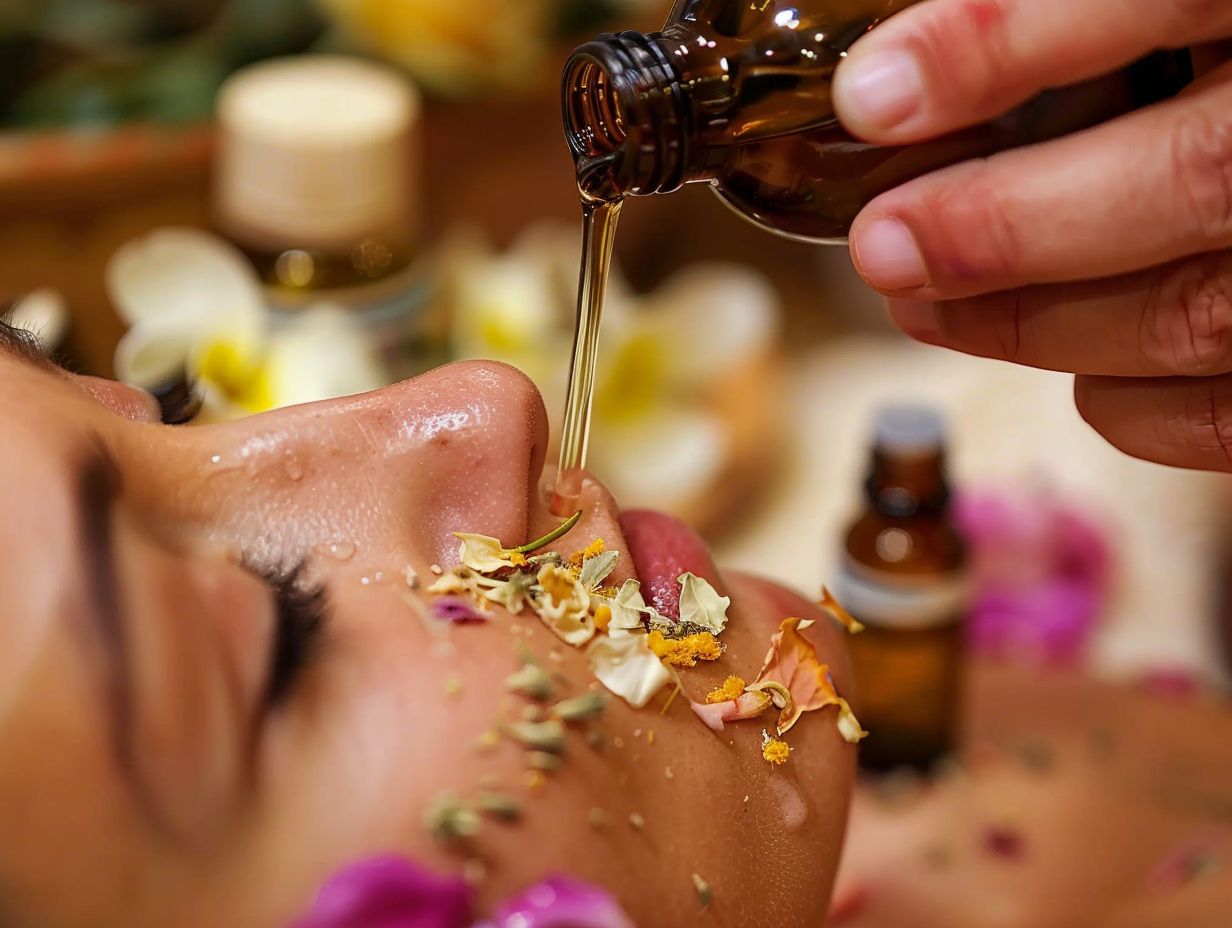
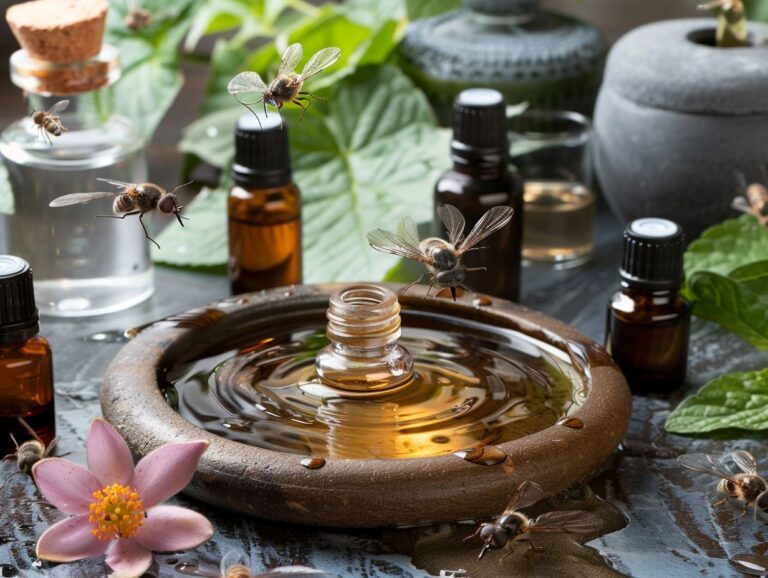

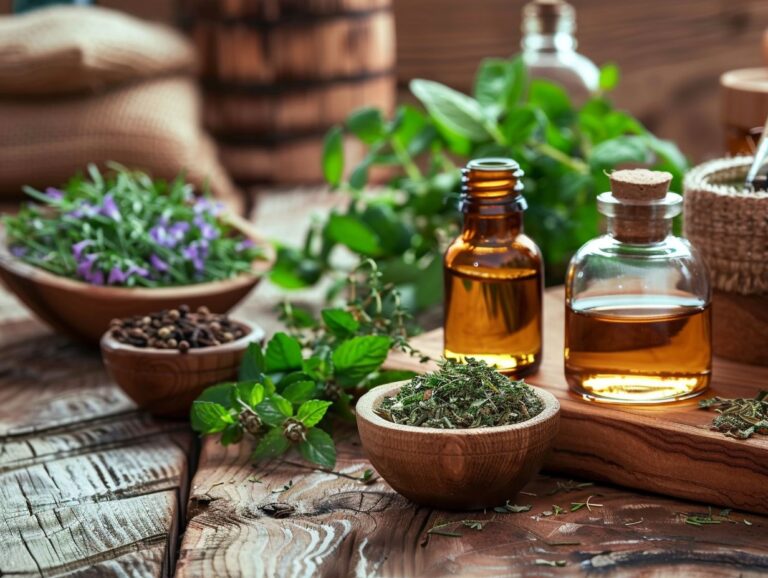
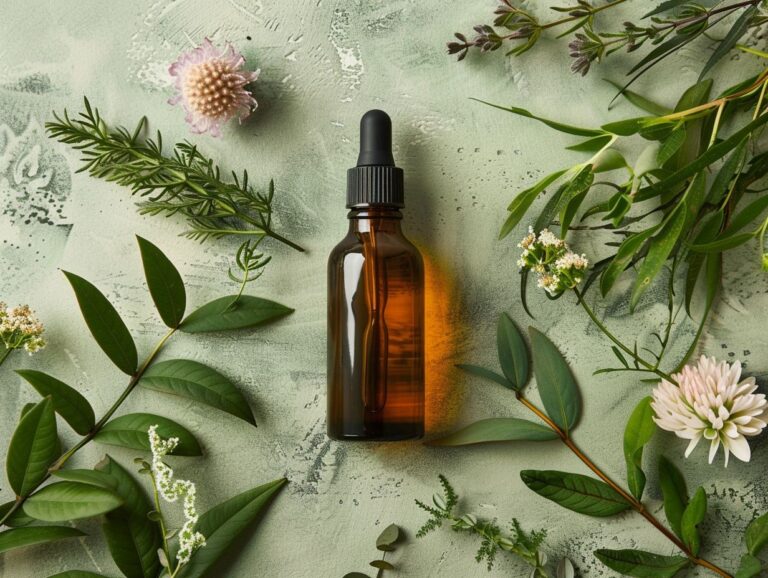


3 Comments